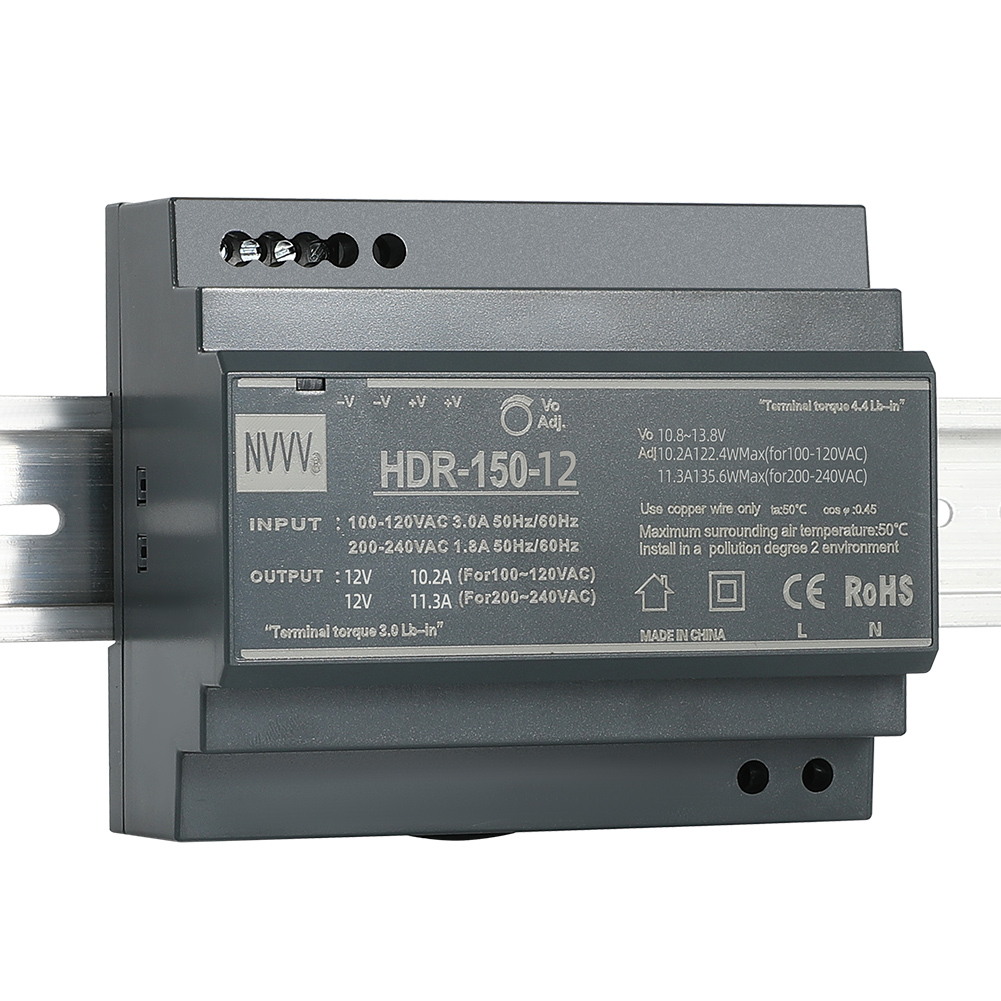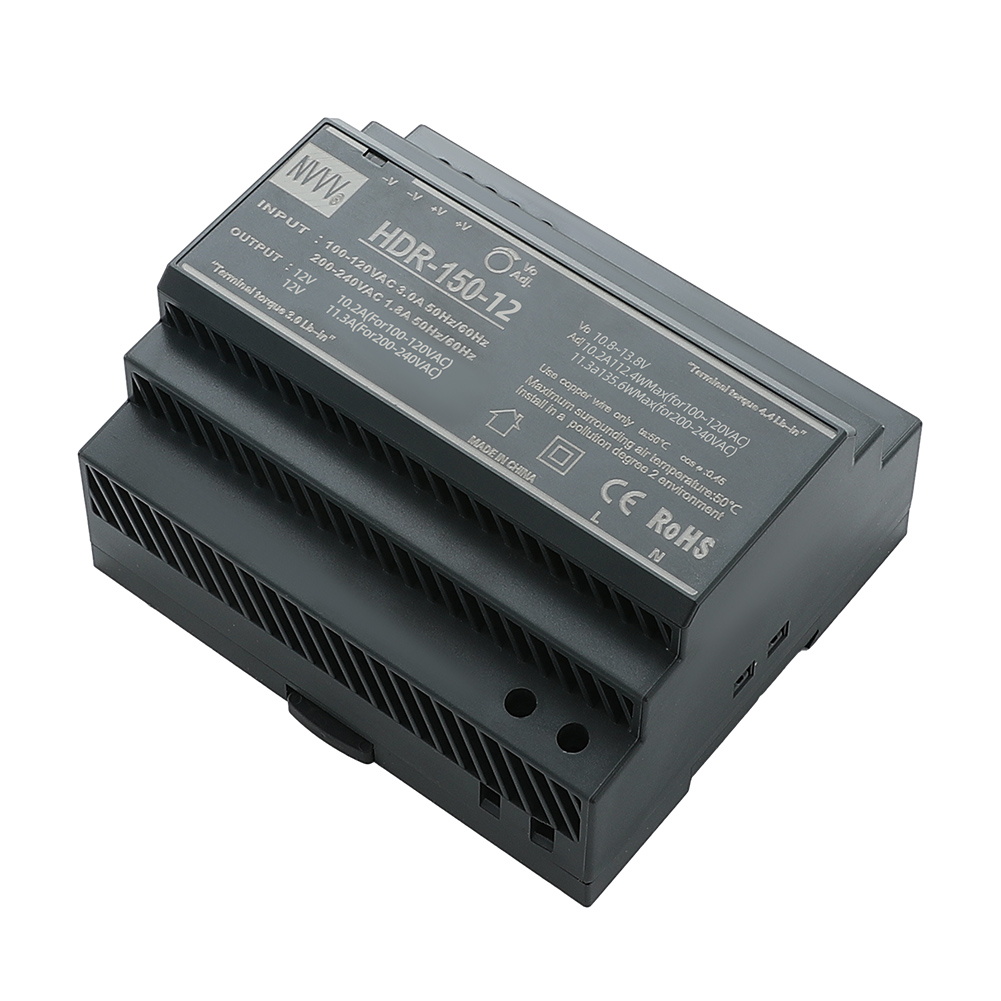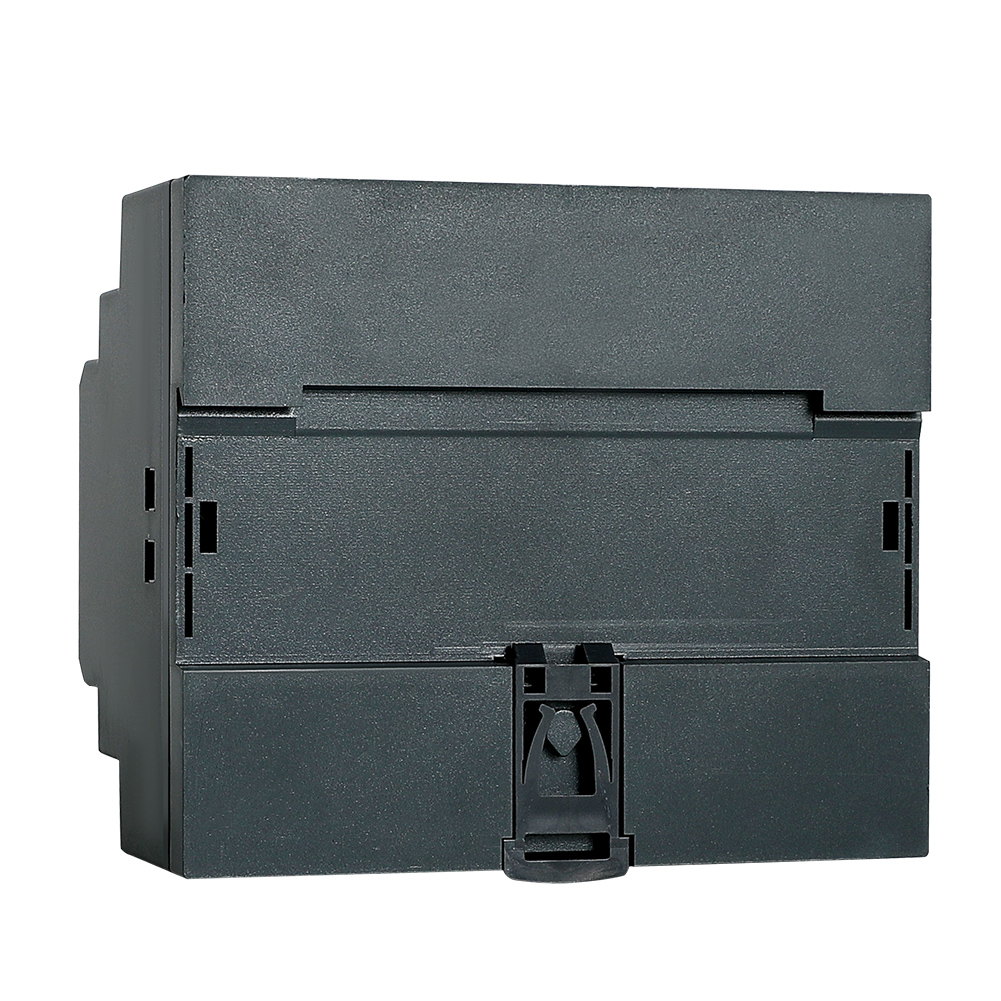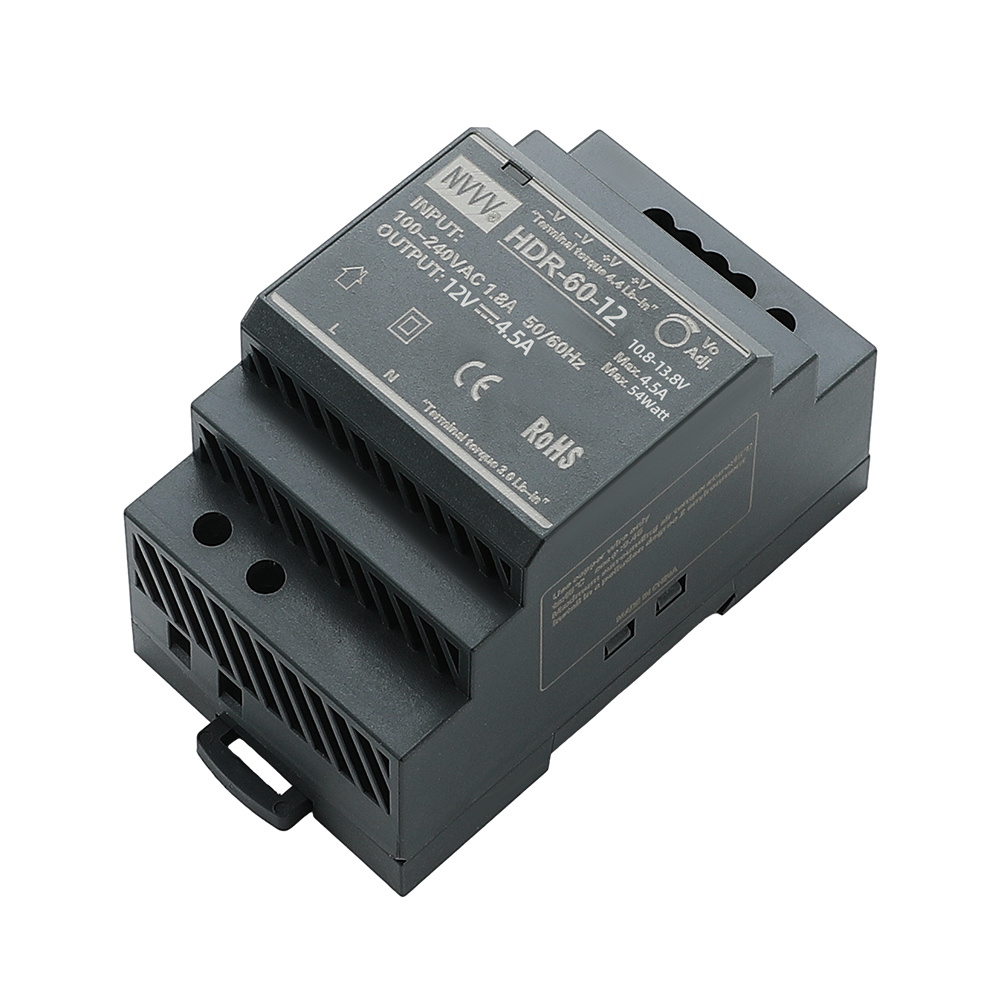What is the Common Failure in SMPS and How to Solve It?
As the core component of modern electronic devices, Switch Mode Power Supply (SMPS) is widely used in various electronic products, such as computers, televisions, industrial control equipment, etc. Although SMPS has the advantages of high efficiency, stability, and small size, various faults are inevitable during long-term use. Understanding the causes of these common faults and mastering the corresponding solutions can not only improve the service life of the equipment, but also ensure the safe operation of the equipment. So, what are the common faults of SMPS? How to solve them? This article will analyze several common problems in detail.
1. Why does SMPS fail to start?
Startup failure is one of the most common faults in the use of SMPS. This fault usually manifests itself as the device cannot be turned on normally, or it works for a short time after turning on and then shuts down immediately. Startup failure not only affects the normal use of the device, but may also cause other circuit problems. There are many reasons for the failure of SMPS startup. We will discuss them from three aspects: power input, component damage, and load abnormality.
Power input problem
The normal startup of SMPS depends on stable power input. If the power supply voltage is too low or too high, it will cause startup failure. Especially in some areas with unstable voltage, power fluctuations may occur frequently, which can easily cause SMPS startup problems. The most direct way to solve this problem is to use a voltage stabilizer or uninterruptible power supply (UPS) to ensure the stability of the input voltage.
In addition, poor contact of the power plug, aging of the line, or failure of the power switch may also cause the SMPS to fail to start. When troubleshooting, you should first check the power plug and power cord to ensure that they are firmly connected and not damaged. If the problem persists, you can consider replacing the power switch or repairing the line.
Component damage
SMPS is composed of multiple electronic components, such as capacitors, diodes, transformers, switching tubes, etc. Any failure of these components may cause startup failure. For example, capacitor damage is one of the common faults of SMPS. After a period of use, the capacitor may have reduced capacity or leakage, causing the startup circuit to fail to work properly.
To solve the startup failure caused by component damage, you first need to use a multimeter or oscilloscope to test the key components inside the SMPS to determine which component has a problem. The common repair method is to replace the damaged capacitor or diode. If the transformer is damaged, you need to replace it with a transformer of the corresponding model and ensure that it is connected correctly during installation.
Load Abnormality
If the load of the SMPS is too large and exceeds its design power, it may trigger overload protection, resulting in startup failure. Especially when the device is started, if multiple high-power devices are turned on at the same time, it may cause excessive instantaneous current, causing the SMPS to fail to start normally. To avoid this, users should ensure that the load of the SMPS is within its rated range and avoid starting multiple high-power devices at the same time.
If you suspect that the startup failure is caused by the load, you can try to reduce the number of connected devices, or turn on each device in turn to check whether it can start normally. If the problem is solved, you should consider upgrading to a higher-power switching power supply or allocating multiple power supplies to the device to disperse the load.
2. Why does the SMPS have unstable output voltage?
When using SMPS, you may sometimes encounter unstable output voltage, which may manifest as voltage fluctuations, too high or too low output voltage. Unstable output voltage will affect the normal operation of the connected devices and may even damage electronic components. There are many reasons for unstable output voltage, and we will analyze them from three aspects: control circuit, heat dissipation problem and load change.
Control circuit failure
The output voltage of SMPS is regulated and stabilized by the control circuit. If there is a problem with the components in the control circuit, such as the failure of the resistor or capacitor in the feedback circuit, the voltage regulation may fail, resulting in voltage instability. In addition, the failure of the switch tube may also cause voltage fluctuations, because the switch tube is an important component for regulating current, and its working state directly affects the stability of the output voltage.
The way to solve the control circuit failure is to conduct a detailed inspection of the circuit, use an oscilloscope to detect the voltage waveform, and confirm the problem. If it is found that the parameters of a component deviate from the normal value, it should be replaced or adjusted in time. In addition, regular maintenance and inspection of the control circuit are also important measures to prevent voltage instability.
Heat dissipation problem
SMPS will generate a certain amount of heat during operation. If the heat dissipation is poor and the internal temperature is too high, it may cause the performance of the components to decline, thereby affecting the voltage stability. For example, capacitors are prone to failure at high temperatures, and transformers and switch tubes may also fail to work properly due to overheating. Especially under high load conditions, the heat dissipation problem is more prominent.
To solve the heat dissipation problem, you first need to check the heat dissipation device of the SMPS, such as the heat sink and fan, to ensure that they are operating normally and are not dusty or blocked. If the heat dissipation effect is not good, you can consider adding additional cooling fans or improving the installation environment of the SMPS to ensure air circulation. In addition, regularly cleaning the dust inside the equipment to avoid heat accumulation is also an important means to maintain voltage stability.
Voltage fluctuations caused by load changes
The output voltage of the SMPS is very sensitive to load changes. If the load increases or decreases suddenly, it may cause voltage fluctuations. This is especially common in some industrial applications, where the start and stop of the equipment or the switching of the load will cause instantaneous voltage fluctuations. Although the SMPS is designed with load changes in mind, voltage instability may still occur in extreme cases.
To solve this problem, a slow start function can be used to gradually increase the load to reduce the impact on the voltage. At the same time, you can consider using a larger filter capacitor to smooth out voltage fluctuations. In addition, ensuring that the load is within the design range and avoiding frequent load changes are also effective measures to maintain voltage stability.
3. What should I do if the SMPS is short-circuited or overloaded?
Short circuits and overloads are common types of faults in the operation of SMPS, which will not only cause the equipment to stop working, but in severe cases may also damage internal components or cause safety accidents. Knowing how to identify and solve these problems can effectively prevent more serious faults from occurring and ensure the safety of equipment and personnel.
Troubleshooting and solving short circuit faults
A short circuit is usually caused by an abnormal low-resistance path between two points in the circuit, which causes a sharp increase in current. Short circuits in SMPS may occur at the input, output, or internal circuits. Common causes include damaged cable insulation, poor welding, or damaged components. Short circuits trigger the protection circuit and automatically power off the SMPS.
To troubleshoot short circuit faults, first use a multimeter to measure the resistance of each circuit to find the abnormal point. If the resistance value is close to zero, it means that there may be a short circuit. Next, you can gradually eliminate it and check the power input and output connection wires and internal circuits to ensure that there are no short circuit points. After finding the short circuit point, it is usually necessary to replace the damaged components or repair the fault on the circuit board.
Countermeasures for overload problems
Overload means that the connected load exceeds the rated power of the SMPS, resulting in excessive current and triggering the protection circuit to operate. Overload accelerates the aging of components and may even cause them to burn out. Therefore, overload problems should be solved as soon as possible. The cause of overload may be load device failure, too many connected devices or unreasonable circuit design.
When an overload fault occurs, the switched mode power supply usually automatically cuts off the power or limits the current to prevent damage. Users should first reduce the number of connected devices to ensure that the total load is within the rated range of the SMPS. If the problem persists, it is necessary to check the working status of each device and eliminate the overload caused by the failure of the device itself. If overload occurs frequently, you can consider replacing a higher-power SMPS or allocating multiple power supplies to the load.
Precautions to prevent short circuits and overloads
In order to prevent the occurrence of short circuits and overloads, users should pay attention to the following points when using SMPS:
· Regularly check the status of the power cord and connector to avoid using aging or damaged cables.
· Ensure that the circuit design is reasonable to avoid short circuits caused by incorrect wiring or improper layout.
· When connecting devices, confirm the power requirements of each device one by one to avoid overload operation.
· Use reliable components and accessories to reduce the occurrence of failures.
Through these preventive measures, the occurrence of short circuits and overload faults can be significantly reduced, the service life of the SMPS can be extended, and the safe operation of the equipment can be guaranteed.
Conclusion
Switching mode power supply (SMPS) plays an important role in modern electronic devices, but it is inevitable to encounter various faults in long-term use, such as startup failure, unstable output voltage, and short circuit or overload. By understanding the causes and solutions of these common faults, users can effectively troubleshoot and ensure the stable operation of the equipment.
Whether in agricultural, industrial or household applications, SMPS is the core part of the power supply system. In order to avoid and reduce faults, daily maintenance and correct use are essential. Regular inspection of power cords, ensuring good heat dissipation, reasonable load configuration, and selecting high-quality components can effectively improve the working stability and service life of SMPS.
In general, although the SMPS has a complex structure, through reasonable maintenance and timely fault handling, users can ensure that it continues to work efficiently in various application scenarios. With the development of technology, the future SMPS will further improve in performance and reliability, and continue to provide strong power guarantee for our lives and work.











